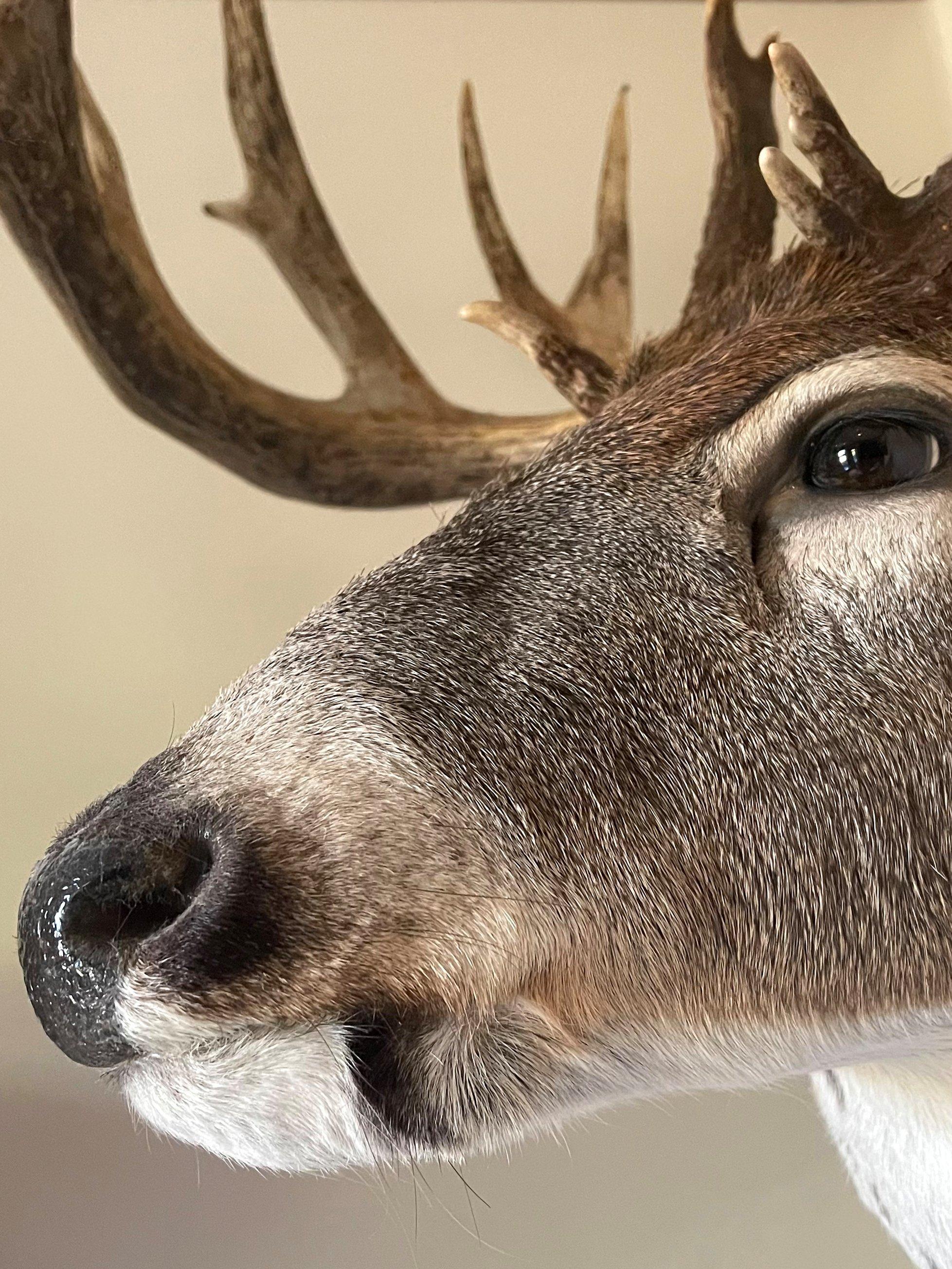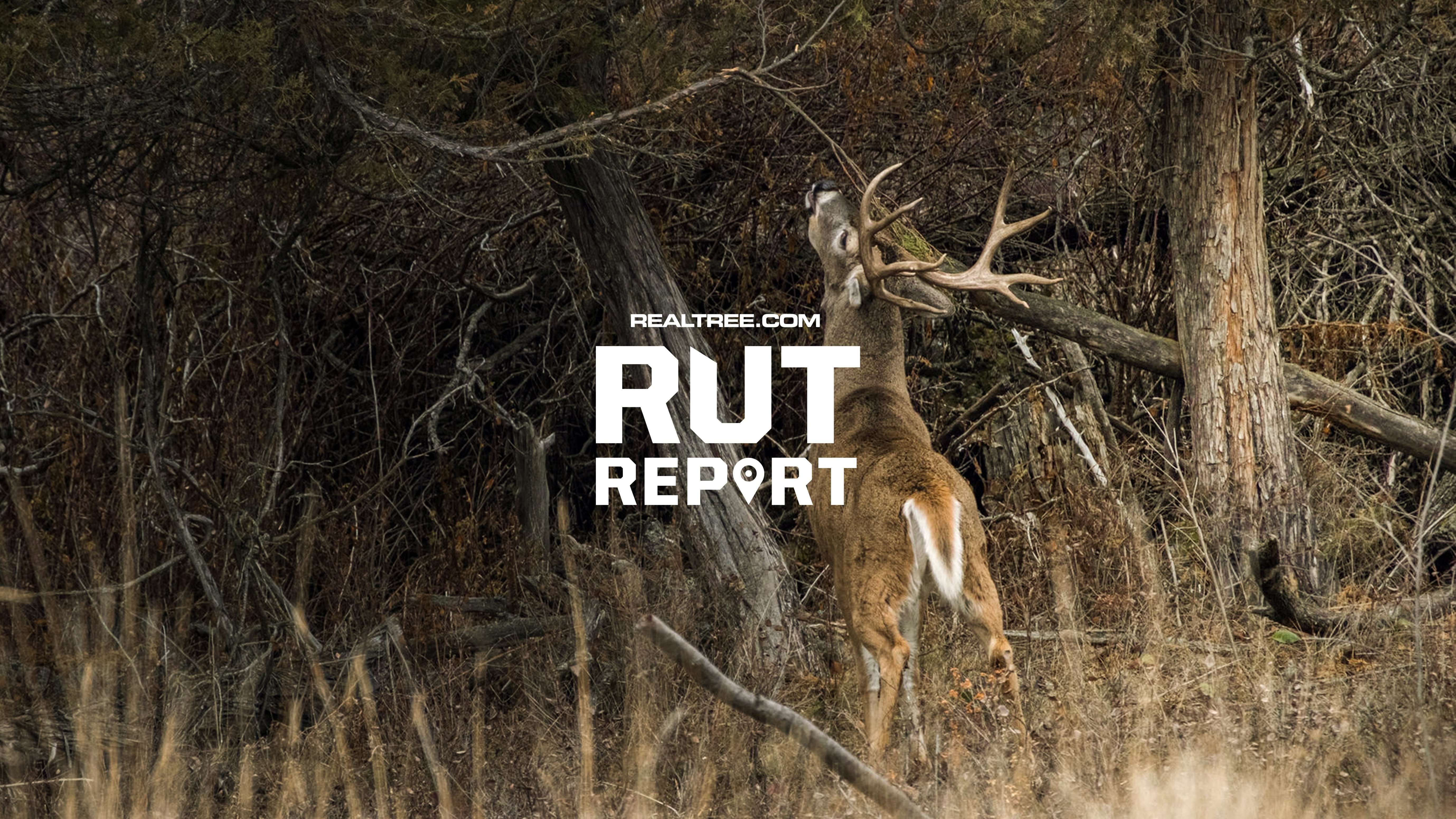Here’s how to get a good-looking shoulder mount and the best bang for your buck
My hope is you’ll shoot a heavy 10-pointer this fall and holler at your buddies, “Men, I’m putting this big boy on the wall.” Depending on where you live, expect to pay $600 or more for a shoulder mount. To help you get the best return on your investment, here are some tips for choosing the right taxidermist.

A good taxidermist gets the big picture, and the minute details, exactly right.
Check with Local Pros
Chances are you know the best deer hunters in your area, or at least know of the locals who kill a good buck almost every year. Ask around, call them up and find out which taxidermist they use. If possible, visit their man caves, check out their mounts and see the taxidermy work for yourself. You can’t beat good word of mouth and solid recommendations from local pros.
Visit Taxidermy Shops
After you have good references, the off-season is a great time to visit those shops. A quality taxidermist will be hard at work on bucks his clients shot this past season. Don’t call ahead, but drop in during normal business hours. Your first impression is important. A studio should appear clean, bright, and well organized.
Taxidermists are busy right now, but a good one will be willing to give you — a potential new customer — a few minutes of his time. (If not, that’s a red flag.) Ask a few questions: How many mounts do you do a year? A large full-time studio that does dozens or even hundreds of heads can be fine, but so can a part-timer who mounts only five or 10 bucks a season. The eye and hand of the artist and the quality of the work are all that matters.
Ask if they tan hides in-house or send them to a tannery. Either method is OK, but it will likely affect how long it takes to finish your job.
How long will it take to get your buck back? Ten to 12 months start to finish for a super-looking mount is reasonable.
Examine the Bucks
Let the taxidermist get back to work, and then spend some time examining the nearly finished and complete mounts on the shop’s wall. Check three things closely to get a good idea of the quality of the work.
Eyes: There should be a nice blend of brown and black, and the eyes should be set naturally apart. Tear ducts with fine detail indicate top-notch work.
Ears: They should look the right size and be positioned naturally; up and alert or laid out and slightly back, depending on the mount.
Nose: The tip should be a black with pimples and a slightly wet appearance. Look for well-defined and deep nostrils.
Examine those features closely, but remember something a seasoned old-timer with a dozen 150-class bucks on his wall told me years ago. “The buck should look as alive as he did the moment you shot it.” I’ve had dozens of bucks mounted since then, and when I look at them now and remember the hunts, it’s clear that’s the best advice I ever received.
Get What You Pay For
By design, we’ve come this far without talking about money. Don’t look for a deal. Rather, search for a taxidermist who will do top-quality work and charge you a reasonable price for it. Working today’s stubborn inflation into the equation, $600 to $750 should get you a great-looking mount.
But prices vary. One time, I gladly paid a world-class artist with many blue ribbons to his credit more than $1,200 for a left-turn mount. The 209-inch buck still looks magnificent on my wall. I also know a guy in Virginia who works part-time in a shed at home and mounts six to 10 bucks a year for $500 apiece. I’ve inspected those mounts, and his work is amazing. Deals like that are out there. Do your homework, and hire a taxidermist that will make your mounted buck look as alive as the moment you shot him.
(Don’t Miss: WHAT IS DRONE DEER RECOVERY?)












